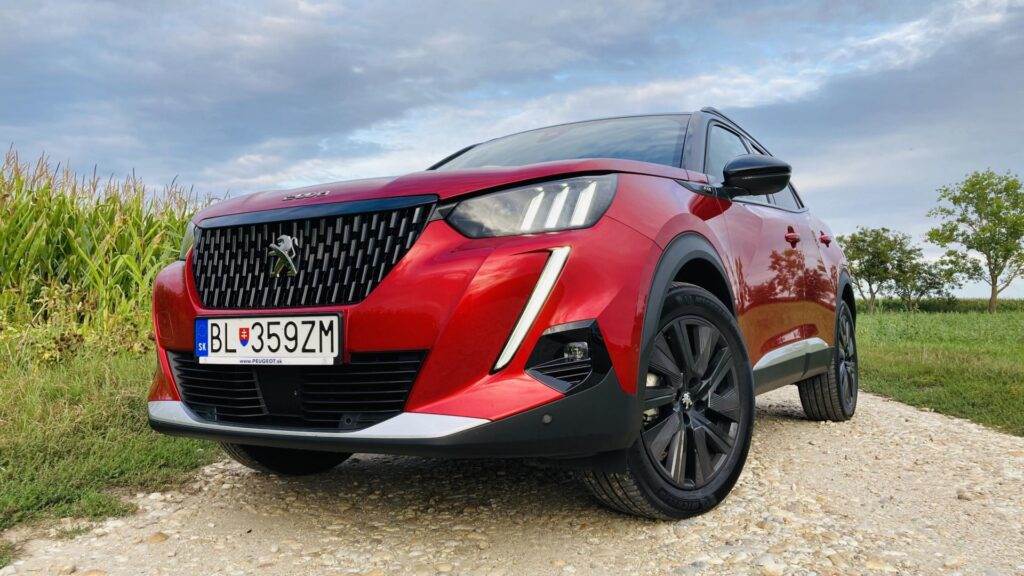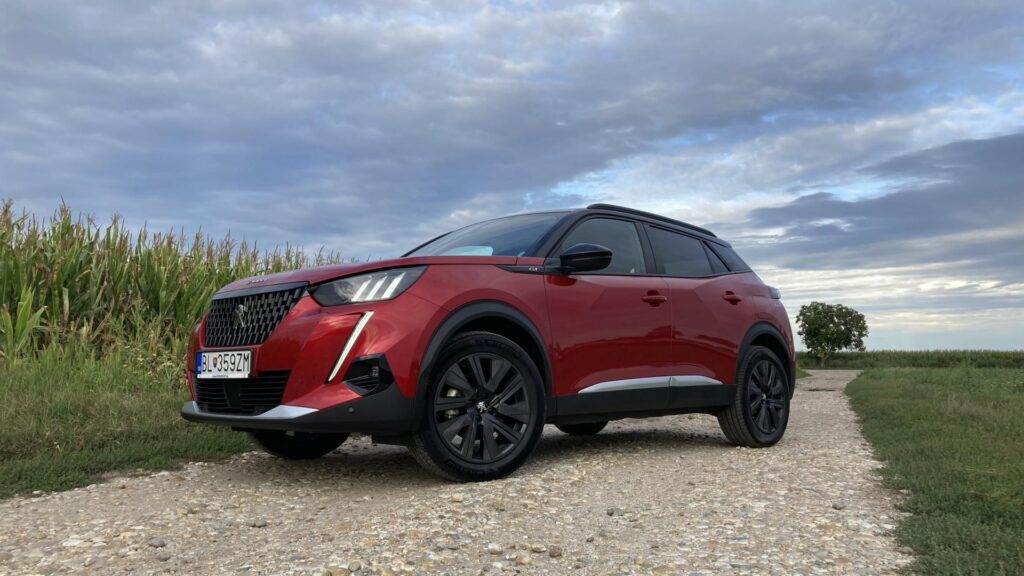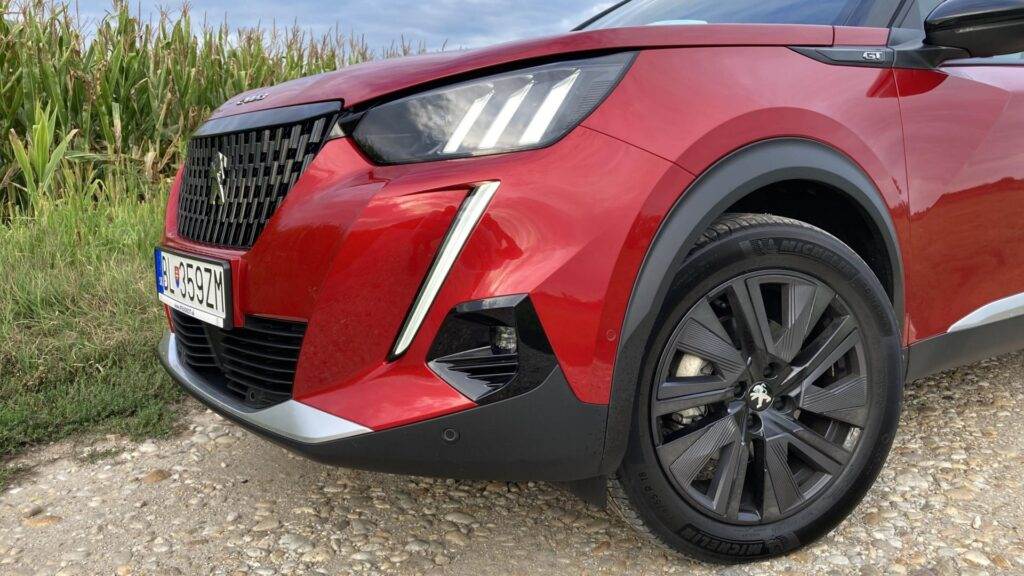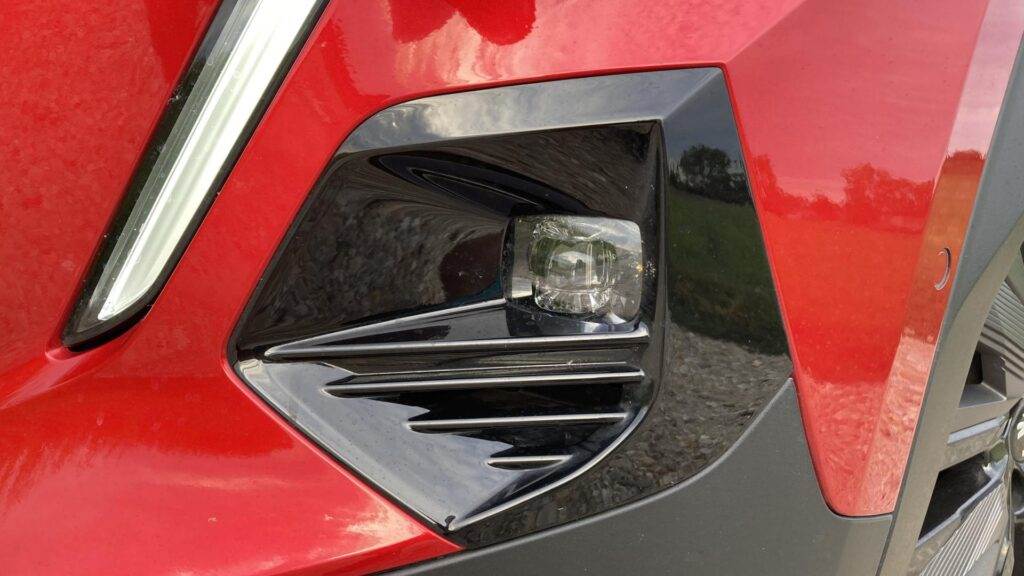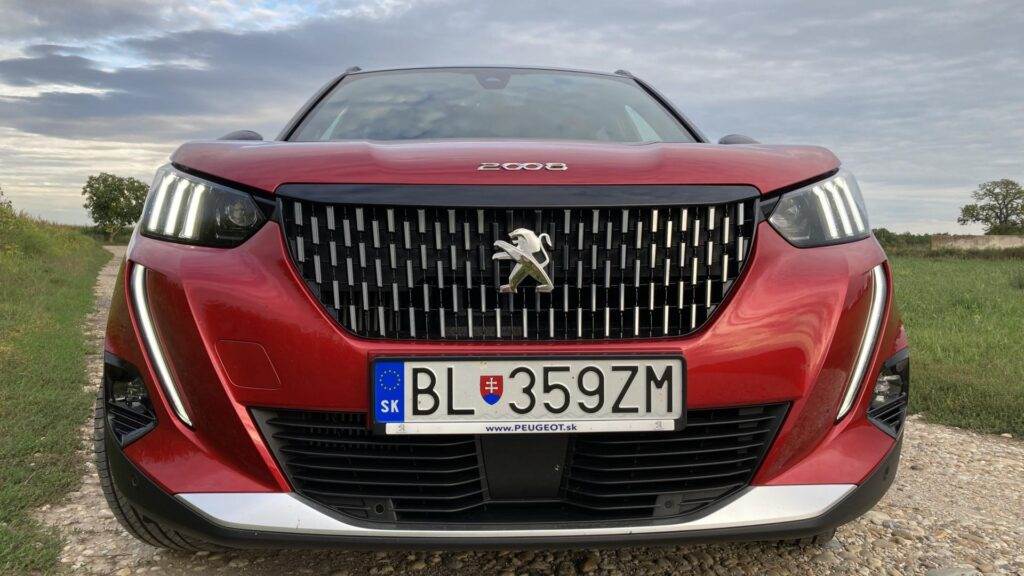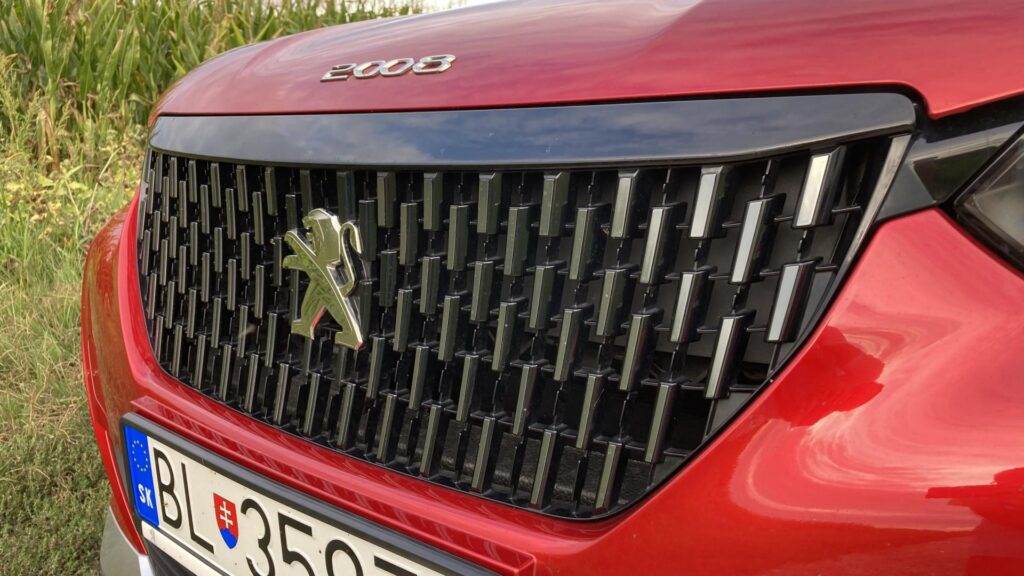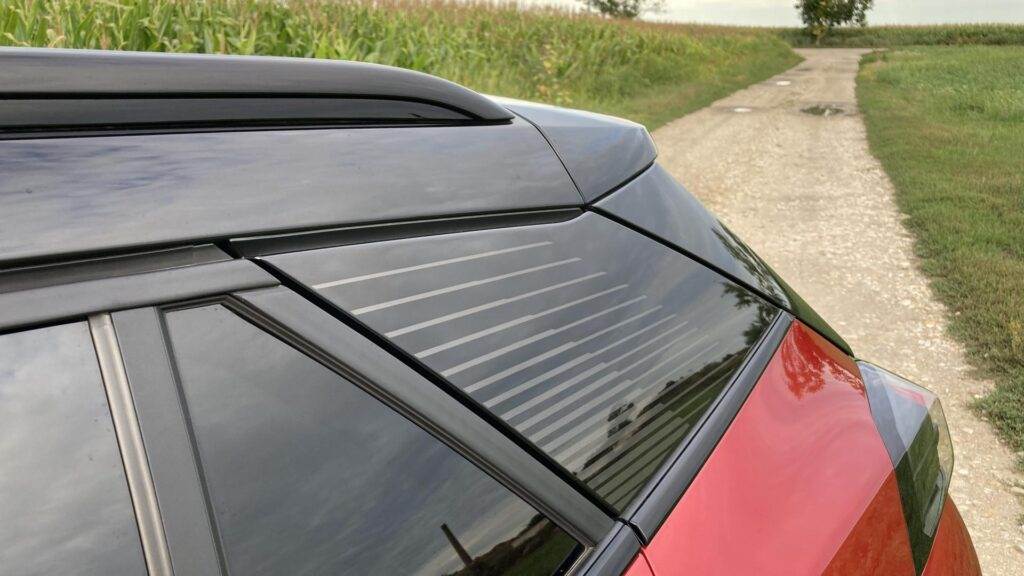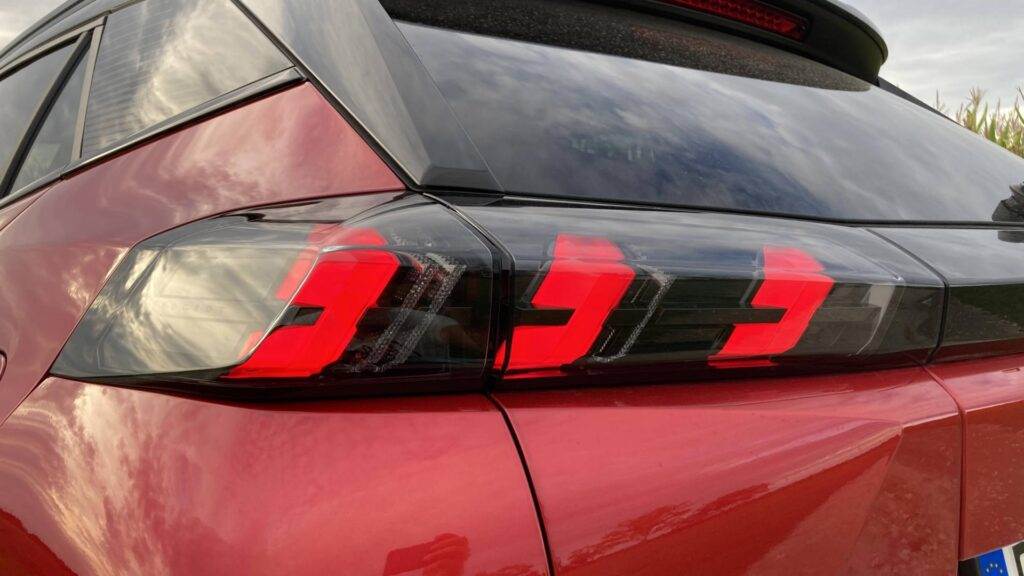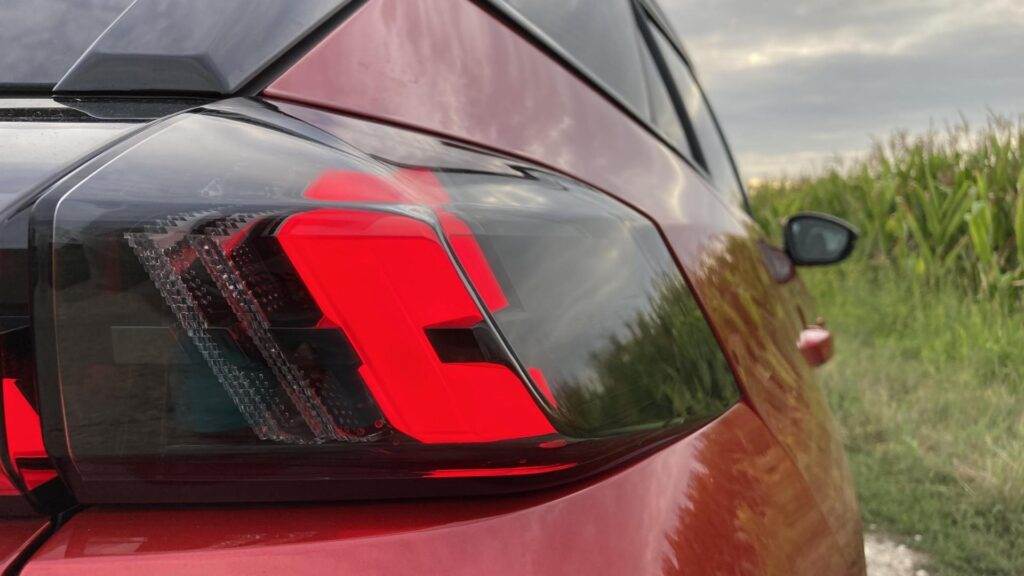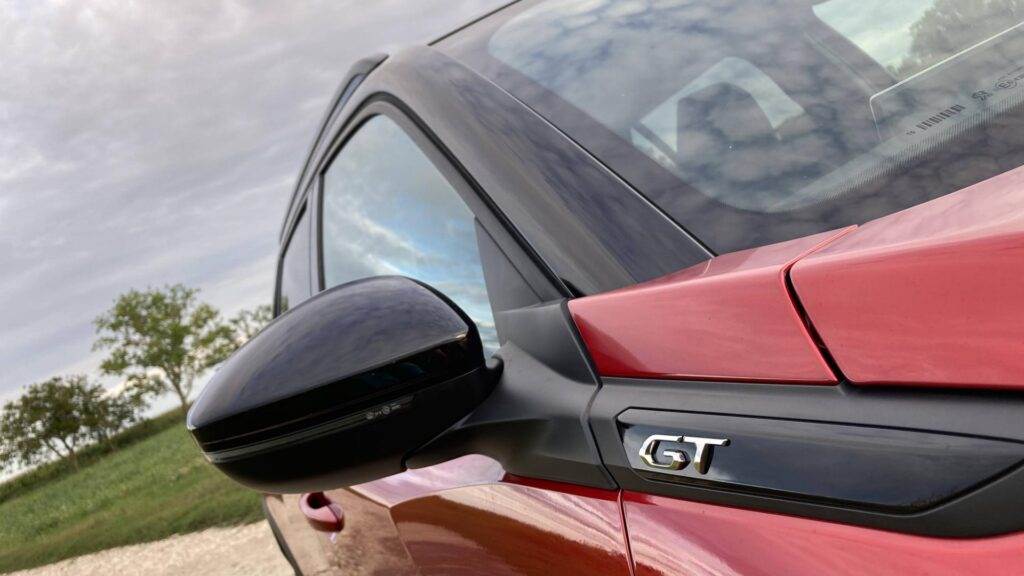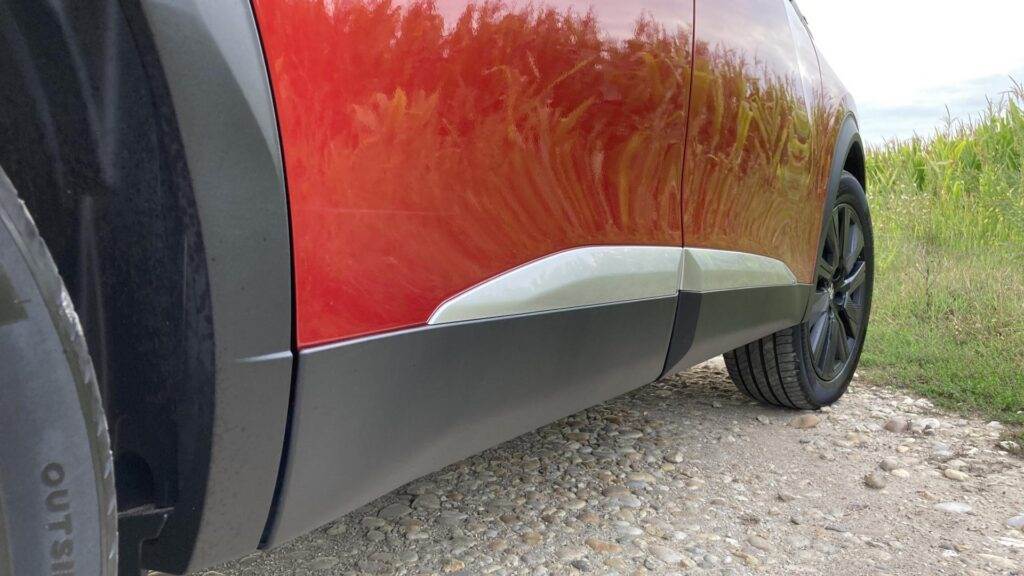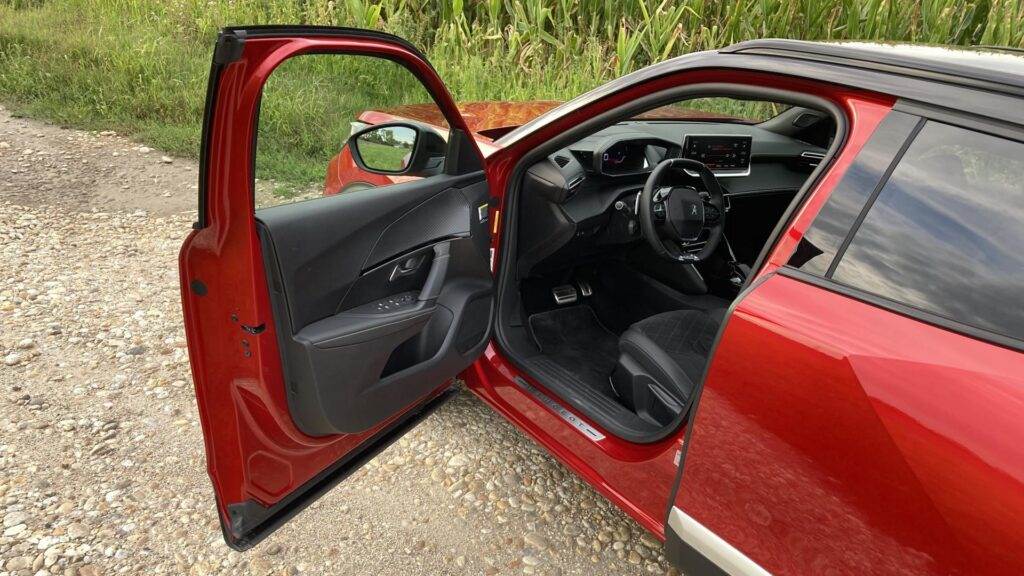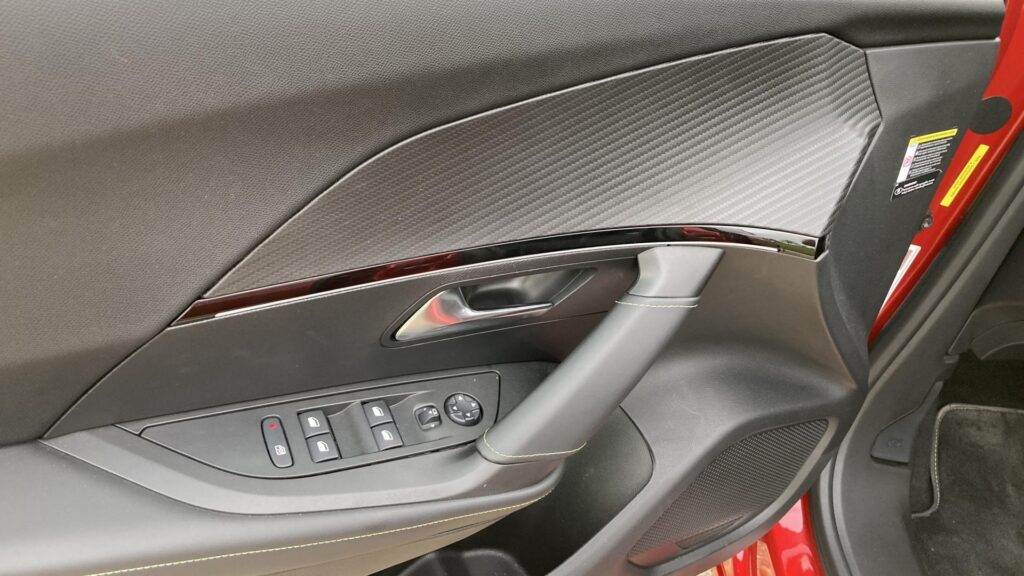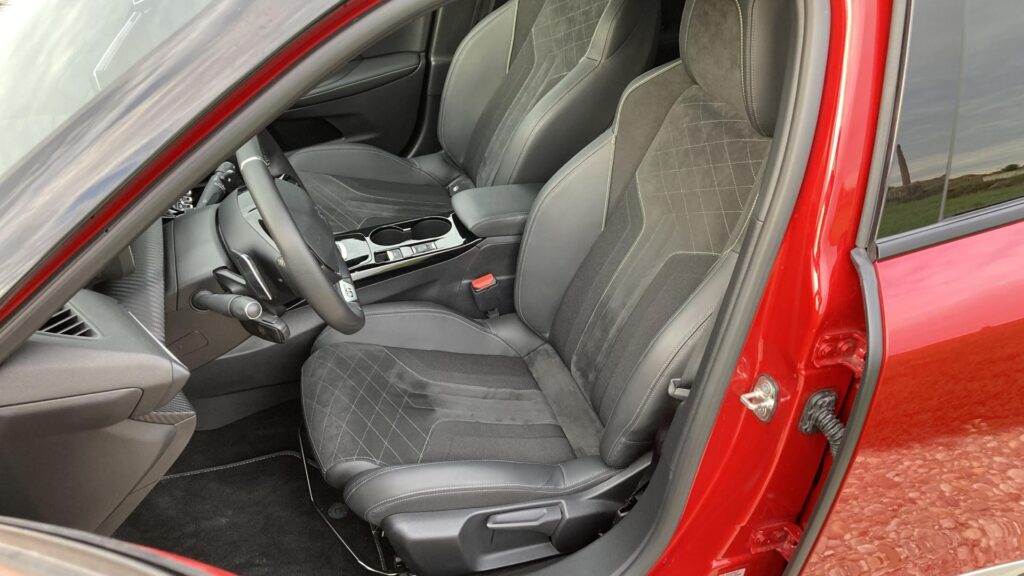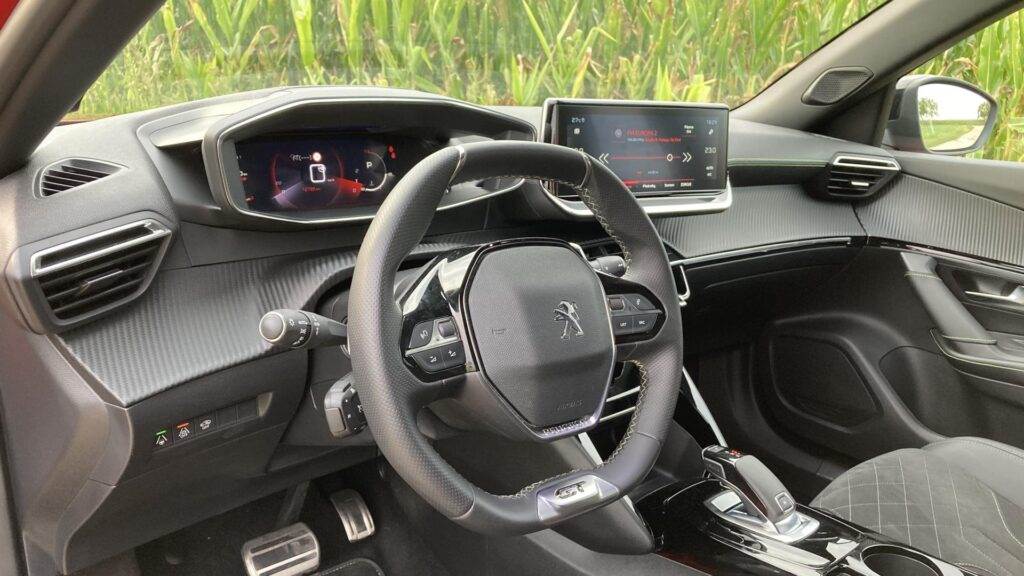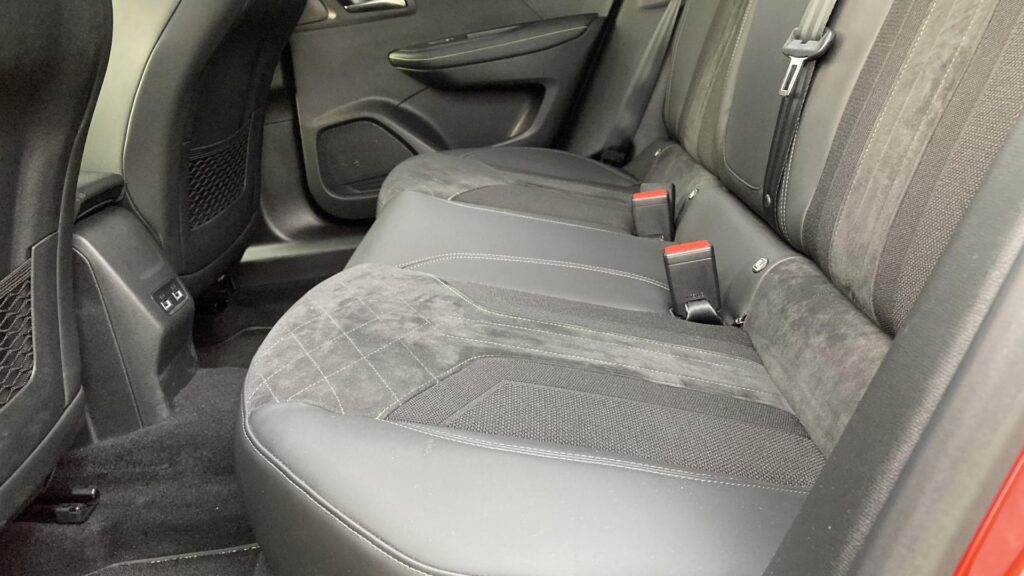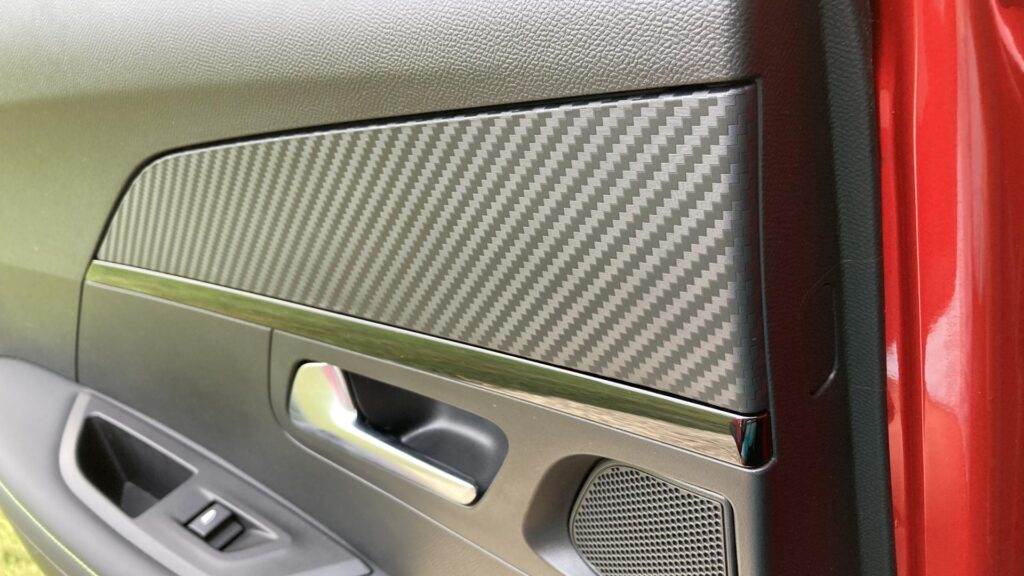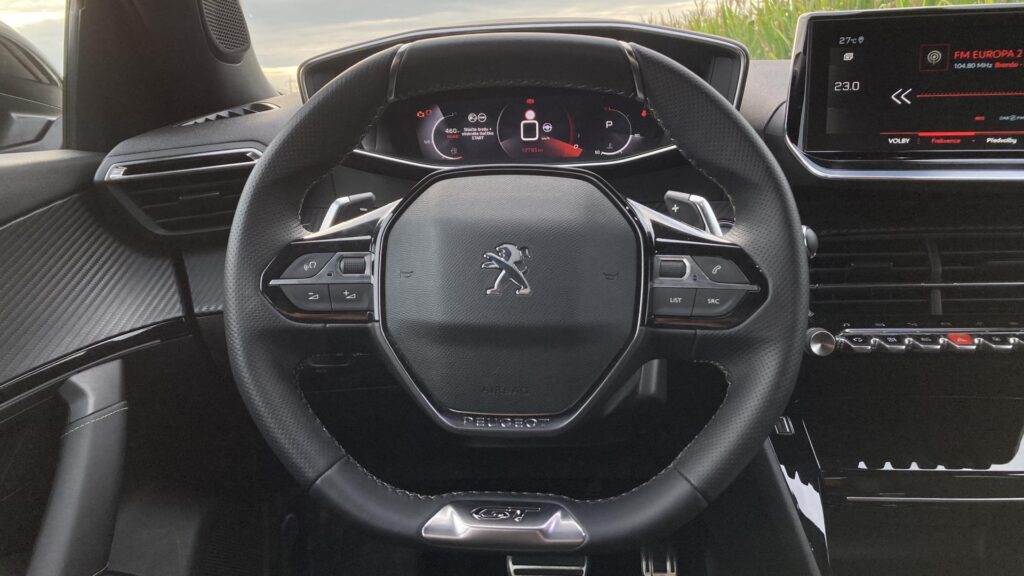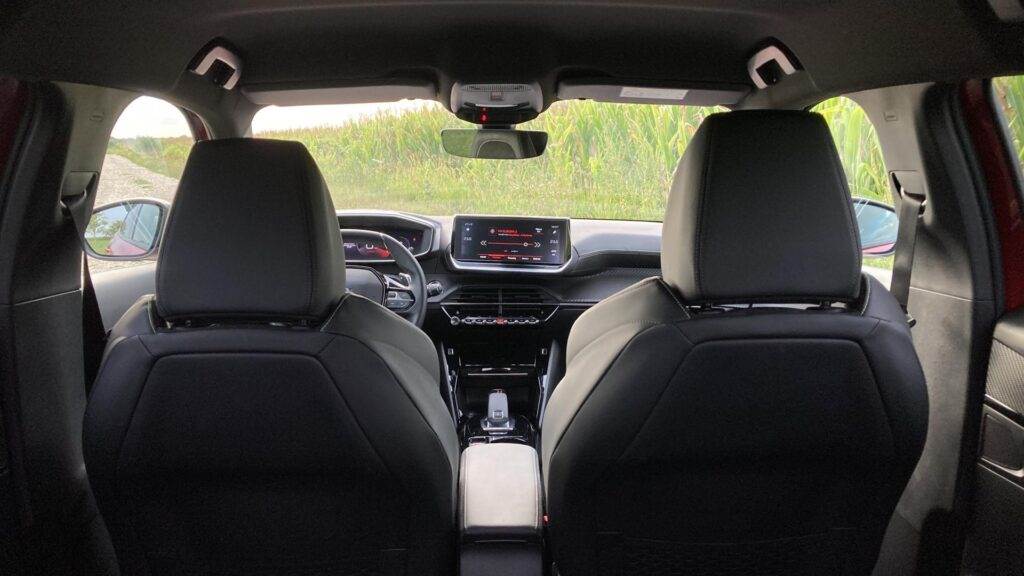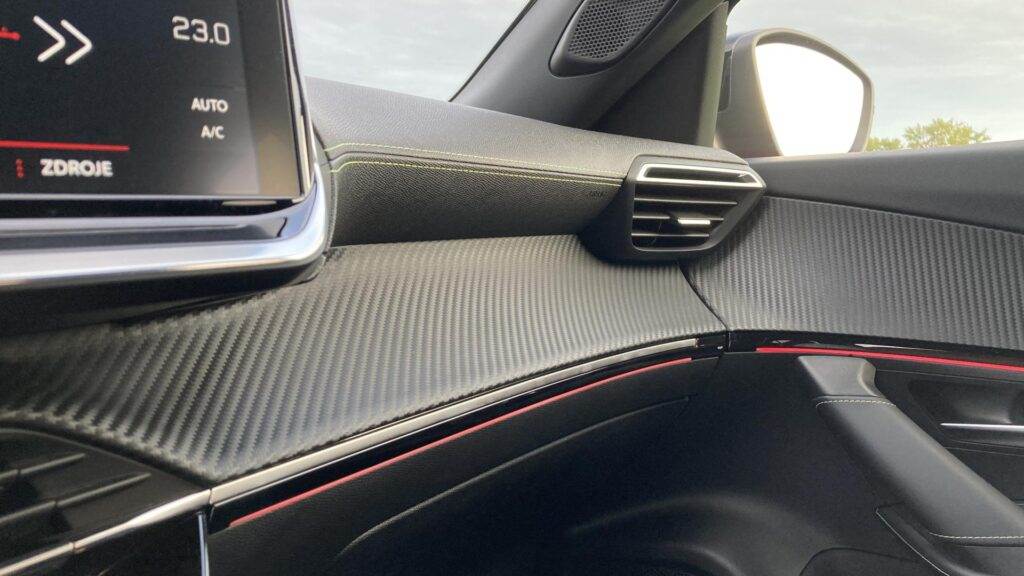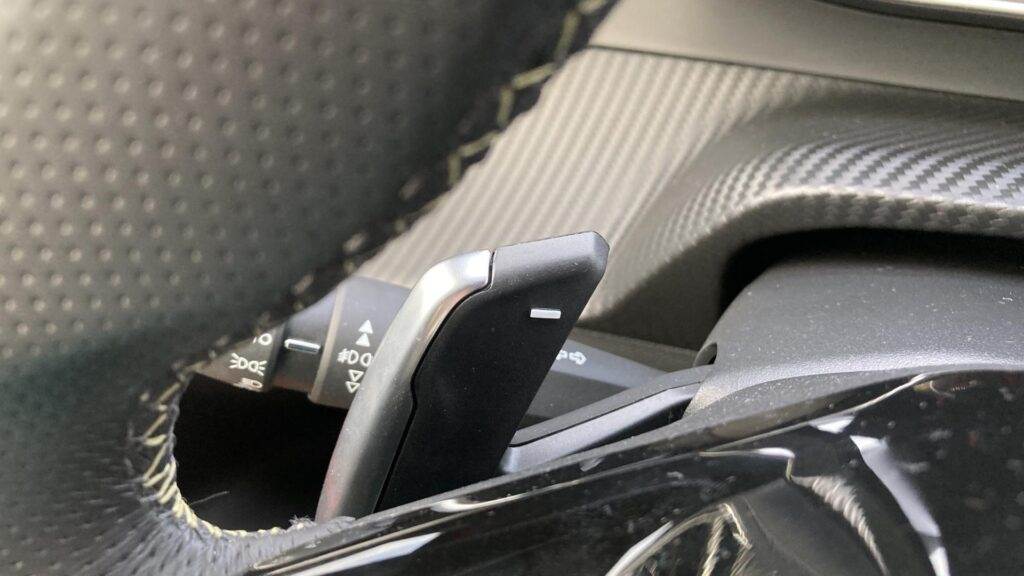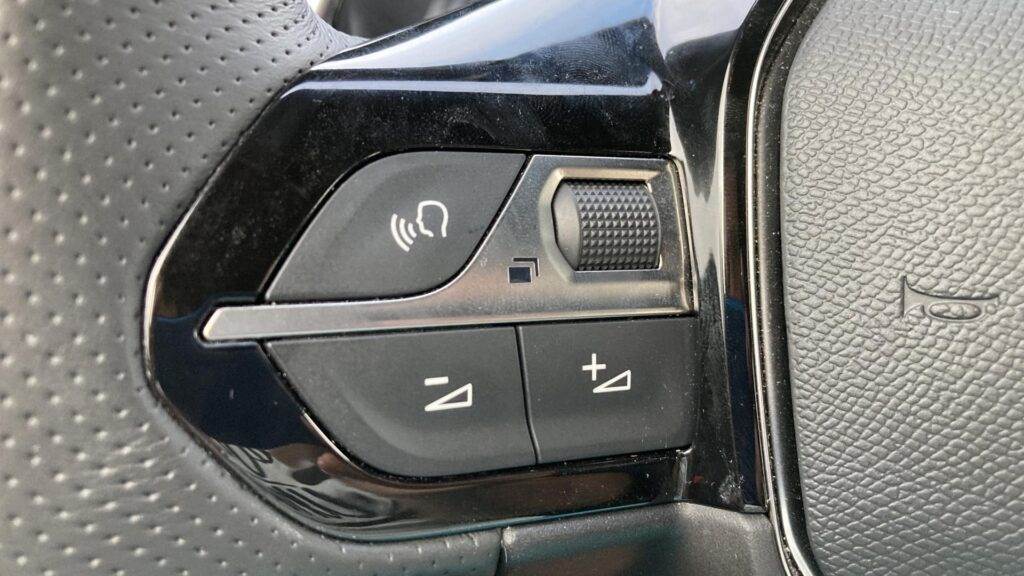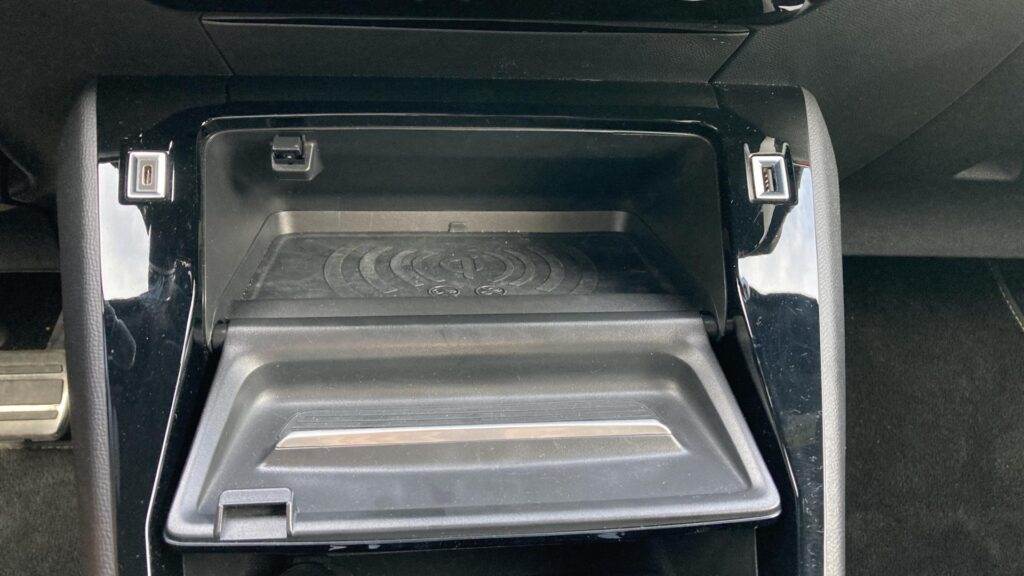The new 2008 is the big sister of the European Car of the Year 2020, the Peugeot 208 . It is based on the same basis, offers the same technology, the same design elements and almost the same rendering of the interior. This combines with today's popular taller structure, more massive body and tough SUV look. All this creates the impression of a big car for little money. In the end, however, she surprises mainly with how far the apple fell from the tree and how very different she is from her younger sister.
For the test, we received the highest version (so far) with a 155 horsepower variant of the 1.2 PureTech three-cylinder gasoline engine, which we know from the range of other models of the PSA concern. So let's take a look at her sharp teeth, which are grinning from under the FullLED headlights…
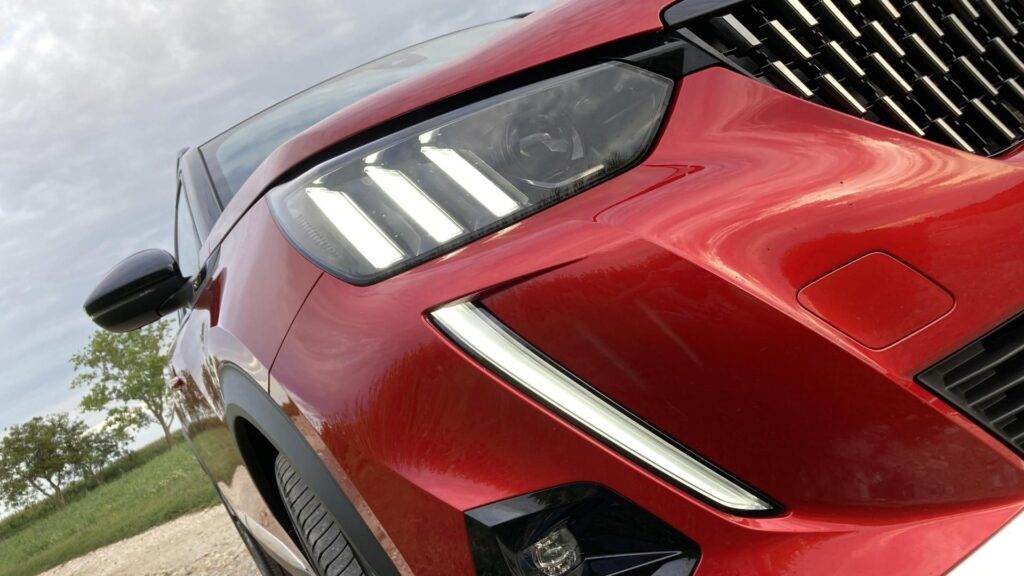
Peugeot dressed the 2008 "model" in a decent and very confident costume. From the front, a high and almost vertical mask with a huge radiator grille surprises. Few models of this brand have such a large and perpendicular mask. From a distance, the novelty can be recognized on the road thanks to the long lion's tusks and often also thanks to the beautiful orange color, which is like a base without extra charges (some car companies that offer boring white could learn from this…).
Our piece had a beautiful premium Red Elixir combined with a Black Diamond black roof. Bright colors suit these cars because they highlight their plastic and rough-looking bumpers and fenders. In such a combination, the 2008 is a very successful car – it is more angular from the back, beautifully rounded from the front and massive from the side, so that one does not want to believe that it comes from a car in the B segment. The large and almost completely horizontal bonnet, whose edges they are more than a meter above the ground. This is a guarantee of perceiving the power of the car from the outside and from the inside, when even in the lowest position you can see almost to the end of the hood. The car looks great on large, in our case 18-inch wheels, and in this segment it is hard to find a winner in terms of appearance. Of course if you like French extravagance…

Inside, we find the third-generation i-Cockpit (still unsurpassed for me personally), which with its wild shapes evokes a feeling that no car from German production can evoke in you – that it is something extra, something from the future, something Sci-Fi. Many different materials, shapes and decors create an unusual whole, which, in conjunction with the i-Cockpit arrangement, the small steering wheel and the innovative 3D display of the instrument panel, really make an impression worthy of a luxury brand. One that even today you still can't find anywhere else.
The dashboard seamlessly connects to the door panel and creates the impression of a single entity around the driver. Traditional examination of the quality of materials does not deny belonging to the class of small SUVs, and the large areas, including the entire middle console, finished in black glossy plastic look good, but they are not very practical. On the other hand, the mobile phone shelf and two storage boxes behind it are practical. A big thumbs up for the workmanship and materials. Peugeot is on the right track and is becoming an increasingly strong player.

We also carefully measured our red model, so we can directly compare it with the previous generation. Although the space in the cabin feels larger, we measured its length at 151 cm, which is three centimeters less than the first 2008. The width in the second row is practically identical, 2 cm larger in the front. The competitor Skoda Kamiq is 152 cm long inside, 144 cm wide in the second row and 147 cm in front. The trunk has a base of 434 liters, and after folding the rear seats, the volume increases to 1467 liters. The basic size means an increase compared to the last generation by a full 84 liters and it is a better result than, for example, the mentioned Kamiq with its equal 400 liters. The seats fold in a 60:40 ratio, but not flat. If you would like to know the practical use, we packed it and after folding down the larger backrest, 3 bikes (after a minor disassembly of the wheels) and there was still a seat for the third family member in the back. In the trunk, you will also find a practical intermediate floor, which (supposedly) cleverly holds in the stops (which were broken off) and is very easy to handle. If you have it in its upper position, then it connects to the backrests. The practical 2008 is certainly…

In addition to a light jolt after starting the three-cylinder engine, the revival of the engine is accompanied by a whole host of animations on the new 3D iCockpit. And also a slower start of the main infotainment display. Here we are slowly running out of words of praise, because most of the animations on the display are unnecessarily long and often jerky. Which may be a detail, but changing the display type takes a really long time. On the other hand, it provides many display options, including a beautiful projected map with 3D navigation display. When we see how the terribly unused potential of displays is wasted by other car companies, it makes us cry. Here, at least, one can configure everything according to oneself. Another thumbs up…
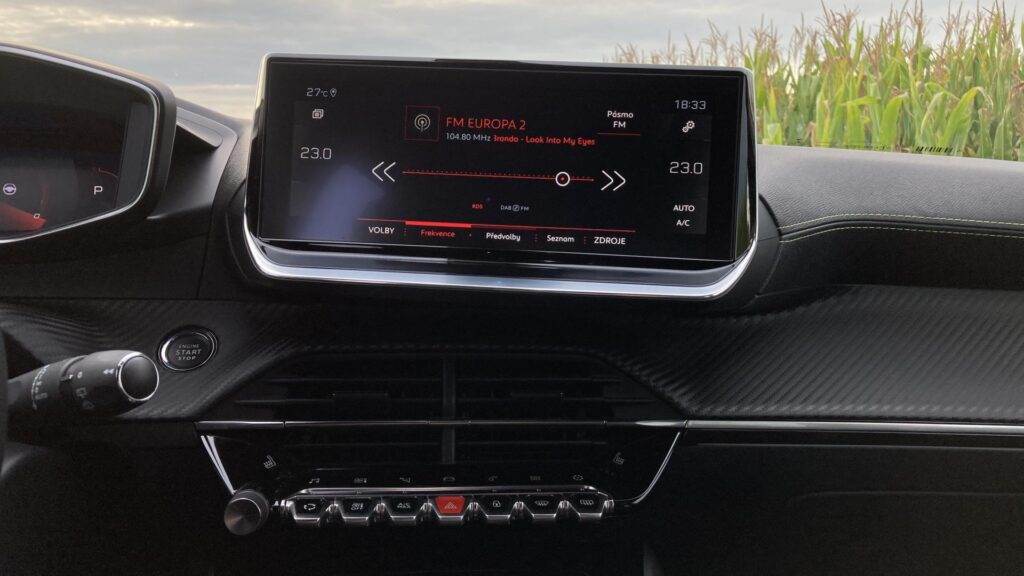
The large infotainment screen is therefore also a bit slower, and switching contexts is done via the touch keys in the second row behind the physical ones. This is a somewhat unfortunate solution, but you can get used to it. However, there is not much chance of hitting a blind spot, and in combination with a slight delay of the display and no feedback, it means too much distraction for the driver. For such common actions as changing the temperature or turning off the air conditioning, we would welcome physical controls. It's a shame that the manufacturer didn't copy the solutions from the 3008 model or from the new 508. The infotainment as such is largely unused and it is expected that the owner will still use the connection via AndroidAuto or Apple CarPlay, which work without hesitation.
Peugeot offers a wide range of electronic helpers and assistants in this equipment, so the 2008 offers practically anything you can think of – heated seats, heated windshield, blind spot monitoring, navigation, panoramic roof, keyless entry and start, automatic lights and wipers, autonomous braking , or adaptive cruise control with active lane keeping. This is already a kind of test of electronic tuning and Peugeot is improving a lot. Fortunately (for me) Peugeot has not abandoned the control under the steering wheel with buttons, which is very intuitive. Many journalists perceive this as a step back, but many Peugeot owners will confirm that after getting used to it, this is the best thing that can be invented. The comfort of keeping a distance from the vehicle in front has been greatly improved, and it has come closer to the way the driver himself handles such situations – by letting off the gas and catching up with the vehicle, rather than braking hard as before. Where there is still room for improvement is active lane keeping and line reading. The car simply can't handle some (mainly district) turns, and given the state of our markings, this is understandable, but what bothers me a little more are the constant minor corrections of the direction, even if the road is quite straight.

The 2008 in GT trim is powered by the well-known 1.2 PureTech tuned to 114kW (155k), with a torque of 240 Nm. For such a small three-cylinder, these values are quite respectable and perhaps unnecessary for this type of vehicle. The 2008 GT can sprint to 100 km/h in about 8 seconds, which is above average for this segment. Also interesting is the value of the stated consumption, which is 6.2 liters (only 0.3 liters more than the 208, according to WLTP). And this consumption is very close to the real value, even when driving on the highway above the limit. We were surprised by the relatively small dispersion of city, county and highway values. We practically did not get below 6 liters and above 7 only with a very heavy leg and dynamics tests. The weekly average ended up at 6.5 l / 100 km, which we greatly appreciate considering the large frontal area. When driving, the car is very well dampened and in the city you can only hear the very pleasant hum of the three-cylinder engine. We already have enough experience with the EAT8 transmission, so we know that it is good, fast and economical. It almost always knows what speed to choose and before overtaking it can be prompted to downshift by tapping the gas. Thanks to the eight stages, it can still keep the optimal speed during steady driving and is also helped by the high engine torque. Only exceptionally, the car jerks slightly, especially when quickly changing from D to R, when maneuvering in a parking lot, or when starting off with a cold engine.
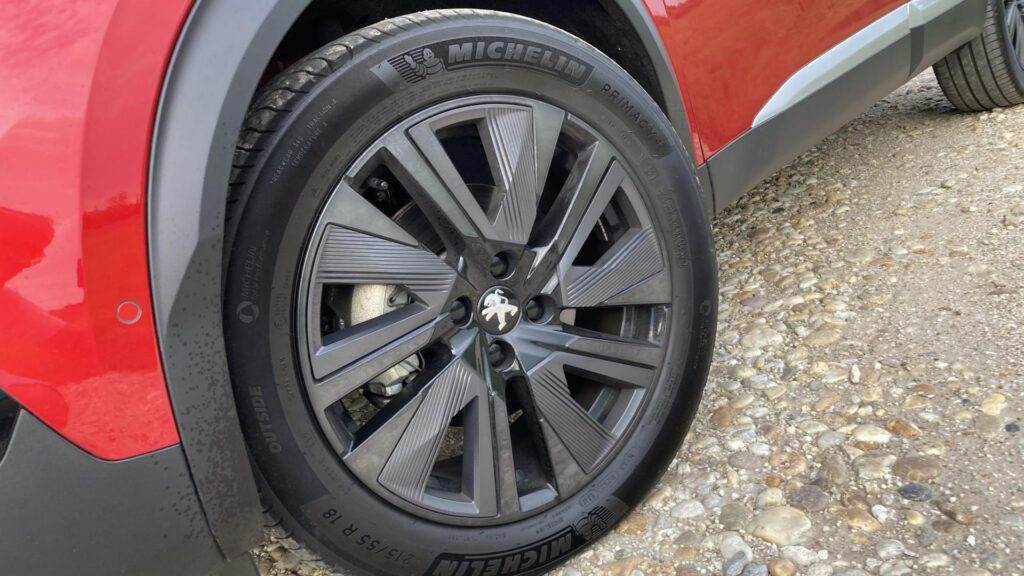
The steering is exactly as we expected it from a compact SUV. Soft, the booster is very active and that's actually good because it goes quite well with the small steering wheel. However, the transition to sports mode is a bit disappointing. The booster only stiffens unnaturally – to the point where one feels that one should fight with the car to turn the wheels. However, the biggest surprise is waiting for the rides in the districts. On the big 18 inch wheels, the 2008 is quite hard and the rear axle sometimes jumps due to the bad surface when cornering. On a good road, however, the chassis is exemplary stable and hardly tilts. It can carve out turns at speeds that already have the crew holding on to the handrails above their heads. The noise level of the chassis and overall damping of the interior is at an excellent level, and practically only the engine can be heard in the city, and then a little aerodynamic noise from the mirrors at highway speeds. In this respect, 2008 has nothing to be ashamed of and definitely belongs to the top in its segment.

Peugeot 2008 is a car that rides on the fashion wave of elevated small SUVs and attacks the leading bars in terms of design. Add to that the unique 3D iCockpit, a layout with a small steering wheel and a great three-cylinder engine, and we have quite an interesting and unmissable piece on the road…
Technical specifications:
| Make and model | Peugeot 2008 GT 1.2 PureTech 155 EAT8 |
|---|---|
| Number of cylinders/valves | 3/12 |
| Engine displacement (ccm) | 1 199 |
| Max. power (kW (Ps)/rev.) | 114 (155)/5,500 |
| Max. torque (Nm/rev.) | 240/1750 |
| Gearbox | 8A |
| 0-100 km/h (s) | 8.2 |
| Maximum speed (km/h) | 208 |
| Consumption per 100 km (l) | 5.0 (NEDC) |
| Consumption during the test (l) | 6.5 |
| Price of the GT version | from €25,690 |


